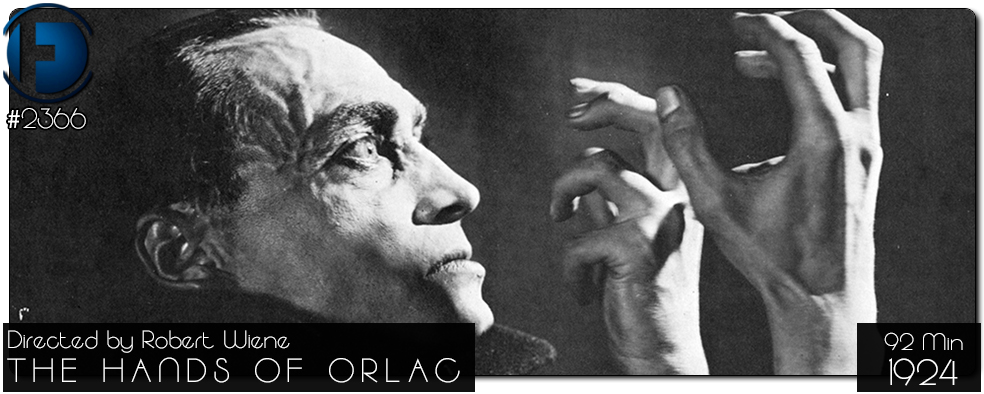Movie Review – Hands of Orlac, The (1924)
Principal Cast : Conrad Veidt, Alexandra Sorina, Fritz Kortner, Carmen Cartellieri, Hans Homma, Fritz Strassny, Paul Askonas.
Synopsis: A world-famous pianist loses both hands in an accident. When new hands are grafted on, he doesn’t know they once belonged to a murderer.
********
Robert Wiene’s 1924 silent adaptation The Hands of Orlac, about a popular pianist who has the hands of a murderer attached to him following a train accident, is a film of highly specific interest to genre fans, but will likely bore most folks to death. Incredibly slow, despite a wonderful atmosphere of dread and exquisite production design, the film’s Frankenstein-esque plot is a forerunner to stories like Idle Hands, Evil Dead II, and any body-horror riffs involving supernatural dismemberment. At times The Hands of Orlac is tough going but will reward a patient viewer, for nothing else but comedy value at the overly arch performances and Wiene’s purgatorial tone.
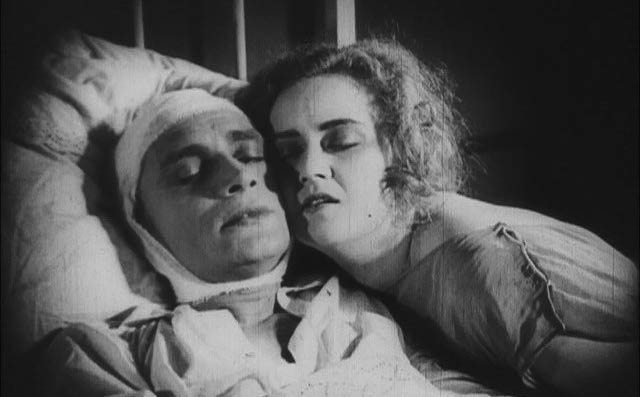
Concert pianist Paul Orlac (Conrad Veidt) loses his hands in a horrible railway accident. His wife Yvonne (Alexandra Sorina) pleads with a surgeon (Hans Homma) to try and save Orlac’s hands. The surgeon transplants the hands of a recently executed murderer named Vasseur. When Orlac learns this, horror obsesses him. He is tortured by the presence of a knife he finds at his house, just like that used by Vasseur, and the desire to kill. He believes that along with the hands he has acquired the murderer’s predisposition to violence. He confronts the surgeon, telling him to remove the hands, but the surgeon tries to convince him that a person’s acts are not governed by hands, but by the head and heart.
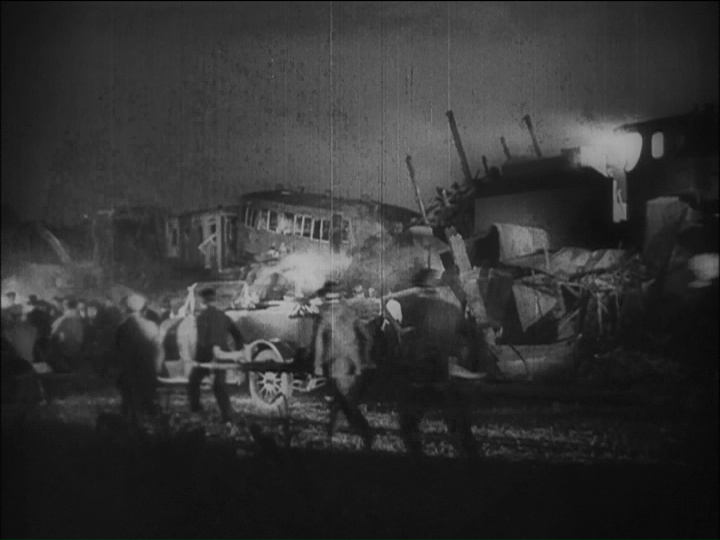
In the one hand (pun intended), The Hands of Orlac is a truly beautiful silent film to look at. It’s gorgeously shot by DPs Gunther Krumpf and Hans Androschin, evoking a sinister horror tone of minimalist production value and stark camerawork, most of which works (although some, through sheer age, is a touch clunky). The performances of star Conrad Veidt, perhaps best known for turns in The Cabinet of Doctor Caligari and The Man Who Laughs, and co-star Alexandra Sorina, as Orlac’s wife Yvonne, are both overly melodramatic and of-the-period haunting in their respective roles; silent films ratchet up the overacting due to a lack of the spoken word, having to rely on facial expressions far more than most audiences might be used to today, and this reliance succeeds or fails on the actor’s work – I think here is succeeds more often than not, but your mileage may vary. Fritz Kortner, who plays the conniving Nera and poses as the “dead” Vasseur to play on Orlac’s mind, is thuggish and effective in his charlatanesque role, while Hans Homma (as the operating surgeon Doctor Serra), Fritz Strassny (as Orlac’s obsequious father), and Carmen Cartellieri (as the Orlac’s long-suffering maid) round out the ensemble.
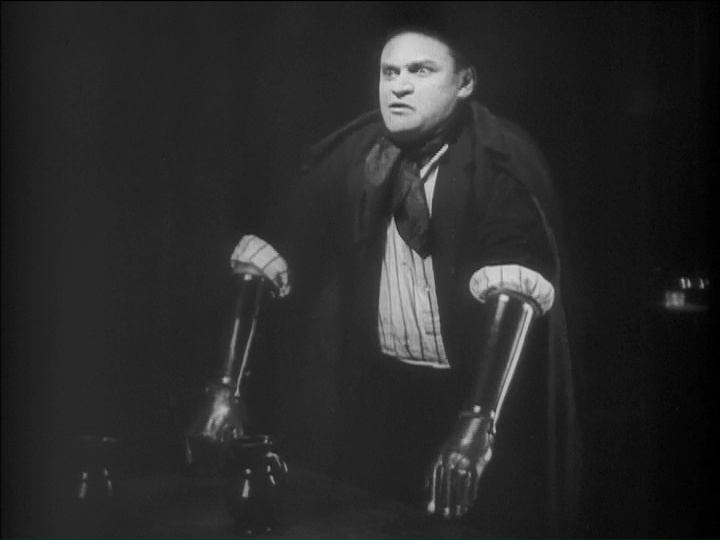
The film’s set design and production value is, in short, exemplary. An opening sequence train wreck is handsomely mounted and looks for all the world like a real one, while the interior of Orlac’s Vienna-set mansion home is almost cathedral-like in its vaulted, high-ceilinged Gothic sense of emptiness. There’s a spartan simplicity to the Orlac home, manifesting the nightmarish feeling of evil and corruption engendered by a man being “possessed” with another’s limbs attached, reflected in both the aesthetic of the film’s acutely “low budget” looking style and the lighting design by Stefan Wessley and Hans Rouc. The omnipresent feeling of dread is one of the great intangibles of any horror cinema, and this film succeeds in at least making things feel dangerous, even if the century-old time period of the film minimises the acuity of it.
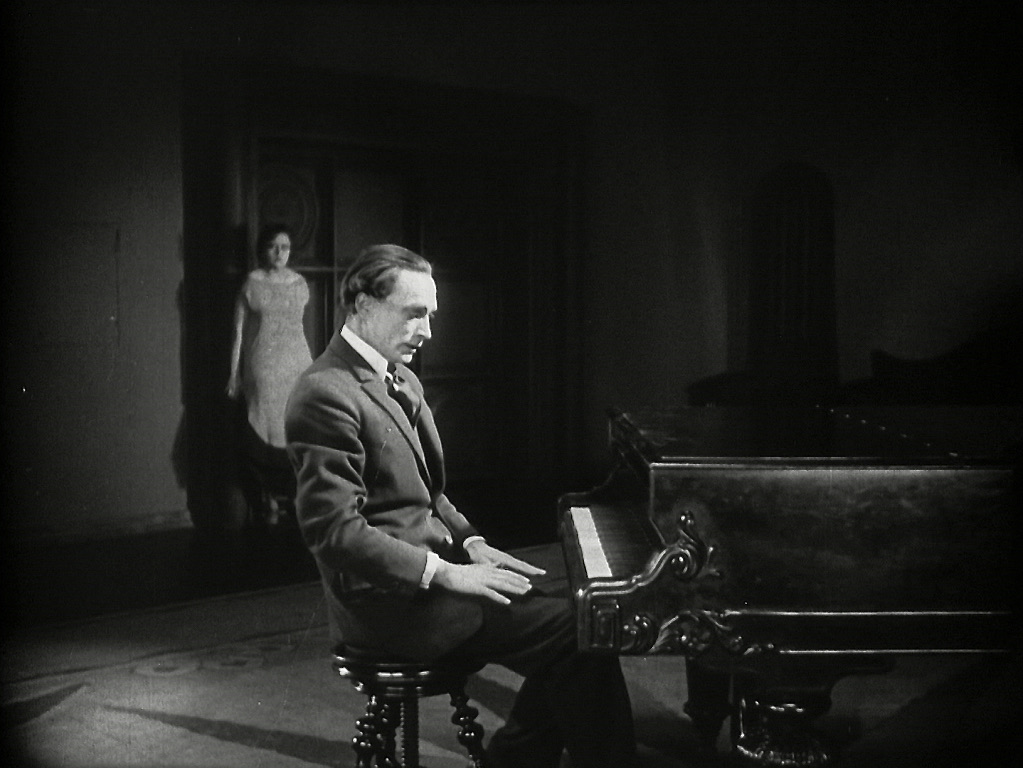
On the other hand (to stretch this subtext gag to breaking point), The Hands of Orlac is also quite slowly paced, and the movement of actors through the frame is often halting, almost stop-motion. This isn’t to say it’s boring, but it is a fair way removed from the more energetic pace of later outings (including the 1935 American remake, Mad Love) so casual viewers might find it a bit tough to sit through. It’s a film that certainly feels like a 90 minute movie, with every moment pronounced and pontificated upon by long takes, huge pregnant pauses in acting, and a number of well executed moments of supernatural activity bordering on terrifying. Although I was struck with the film’s visuals from a technical perspective, there was a lot of empty time in my viewing in which I felt an absence of interest, as if I was watching some arthouse video display at an esoteric art gallery – beautiful but lacking emotional connection. I wanted to love this film, because it’s definitely a look and feel movie that’s right up my alley, but I really felt let down by the stumbling plot and too much over-the-top acting.
The Hands of Orlac is a beautifully realised film that takes its time, and feels rewarding only for those deeply committed to its offerings. I don’t think it’s the most “enjoyable” silent horror film I’ve seen to this point, and I’m certainly in no hurry to watch it again, but as an exercise in the medium and an early subgenre work it’s undeniably influential for the tone, visual style and eerie atmosphere created by Wiene’s direction. Conrad Veidt maximises his screentime with a solid performance, but the stuttering pace and feels-too-long runtime will have many switching it off early, I suspect. Caveats in place, I recommend this purely for completists and those seeking an alternative silent film experience.

